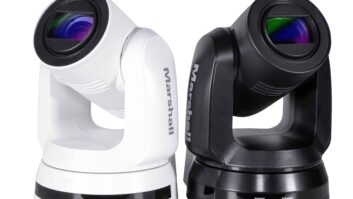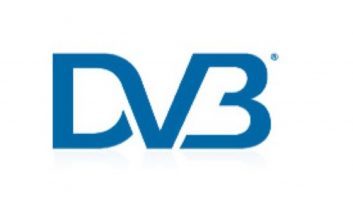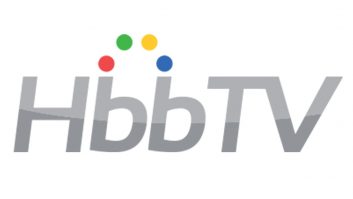Thomson is working to deliver a trial, five-channel mobile television service across the greater Sydney area in Australia. The service uses the open DVB-H standard and can be received on any DVB-H capable mobile device equipped with decoding technology from Irdeto, Thomson’s partner in the trial, writes Andy Stout.
“The Thomson DVB-H encoding platform is able to offer scrambling capabilities, multi-MNO services, and statistical encoding,” said Martin Farrimond, Broadcast Australia’s general manager for mobile television. “The platform is pre-integrated with Irdeto conditional access. This is a further phase of Australian mobile TV trials, and is designed to ensure that a well-informed decision is made regarding selection of the best solution for the eventual commercial mobile TV service.”
There are five channels in the trial service at present, with CNN and children’s service Boomerang as well as three national channels ABC, ABC2, and SBS. Other channels may be added later. They are encoded using the Thomson Mobile TV encoder, developed specially for mobile TV applications. The encoder relies on a powerful hardware platform that features a best-in-class acquisition board, advanced pre-processing filters, multiple codec support and multi-stream generation.
The statistical encoding capabilities of the Mobile TV encoder is also used in conjunction with the Opal statistical time slicing to ensure that the best use is made of the available bandwidth while preserving video quality.
The other critical part of the trial system is the Thomson SmartVision Mobile TV service platform. As well as managing subscriber, services and system configuration, it also provides a live electronic service guide (ESG), generated automatically by SmartVision.
“The use of open, international standards is critical to the success of any mobile television service,” said Patrick Montliaud, senior vice president of the integration and networking solutions business unit within Thomson. “This Broadcast Australia trial uses the widely accepted standards of MPEG-4 AVC encoding and DVB-H transmission. We are delighted to be a part of this trial, and proud to be able to ensure that audiences receive the best possible quality through the use of our dedicated statistical encoding platform.”







